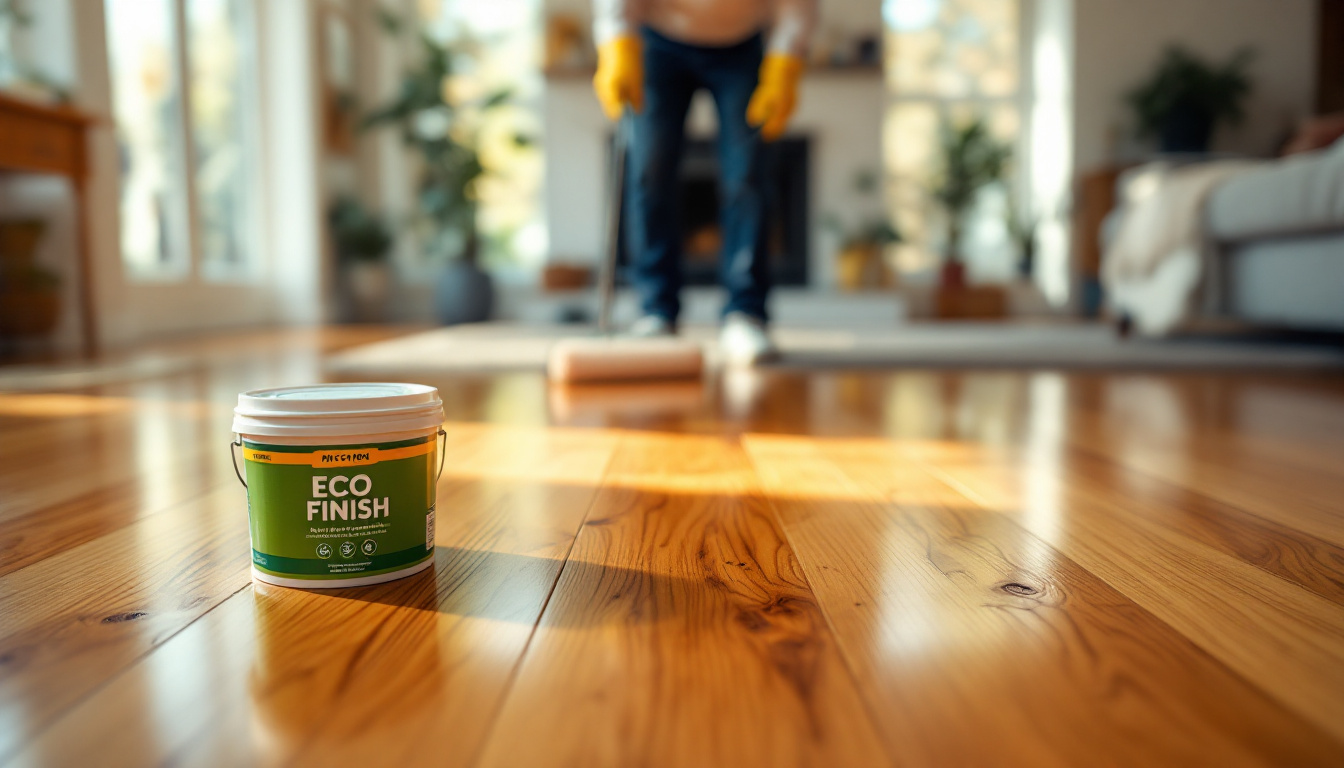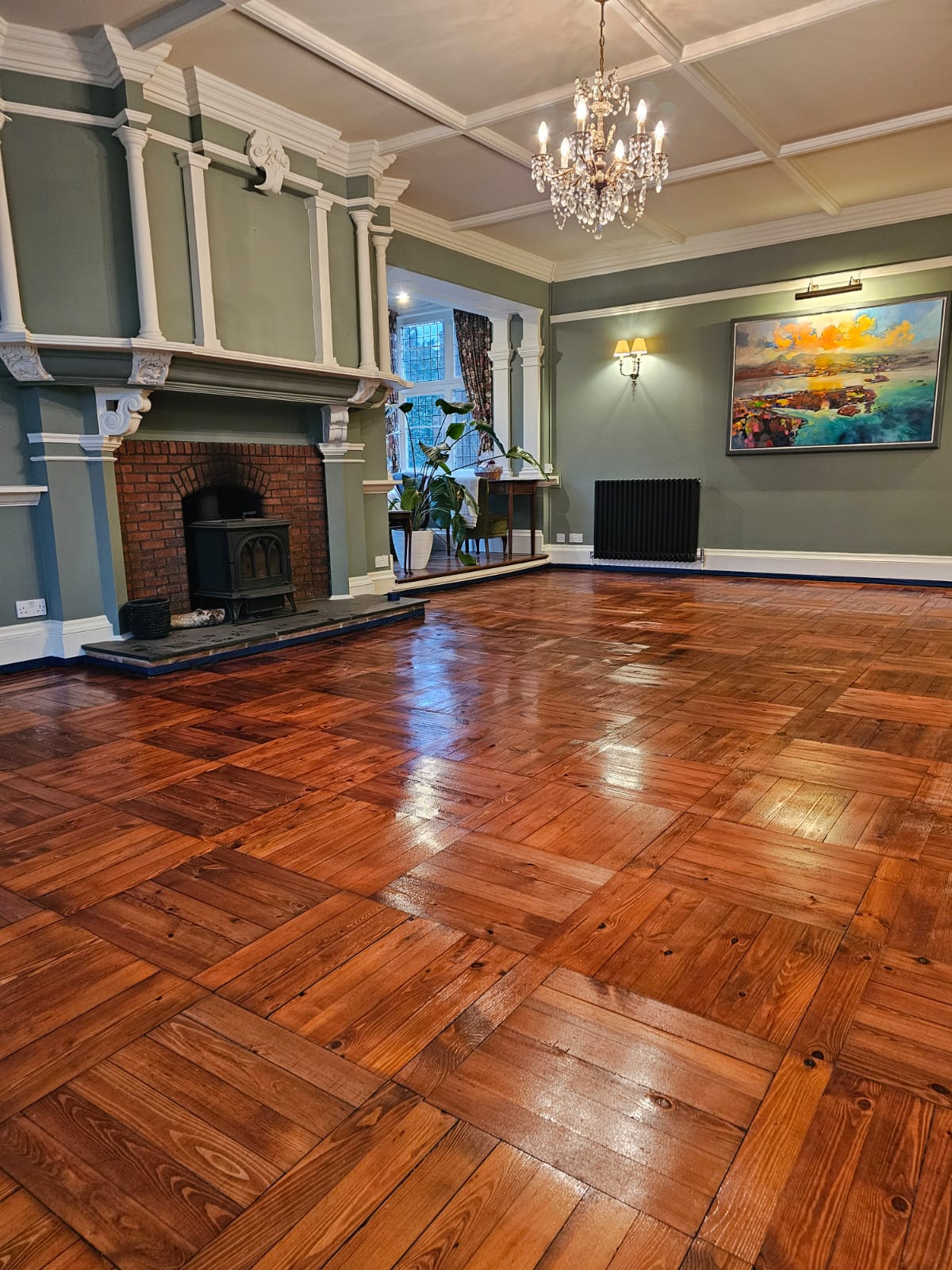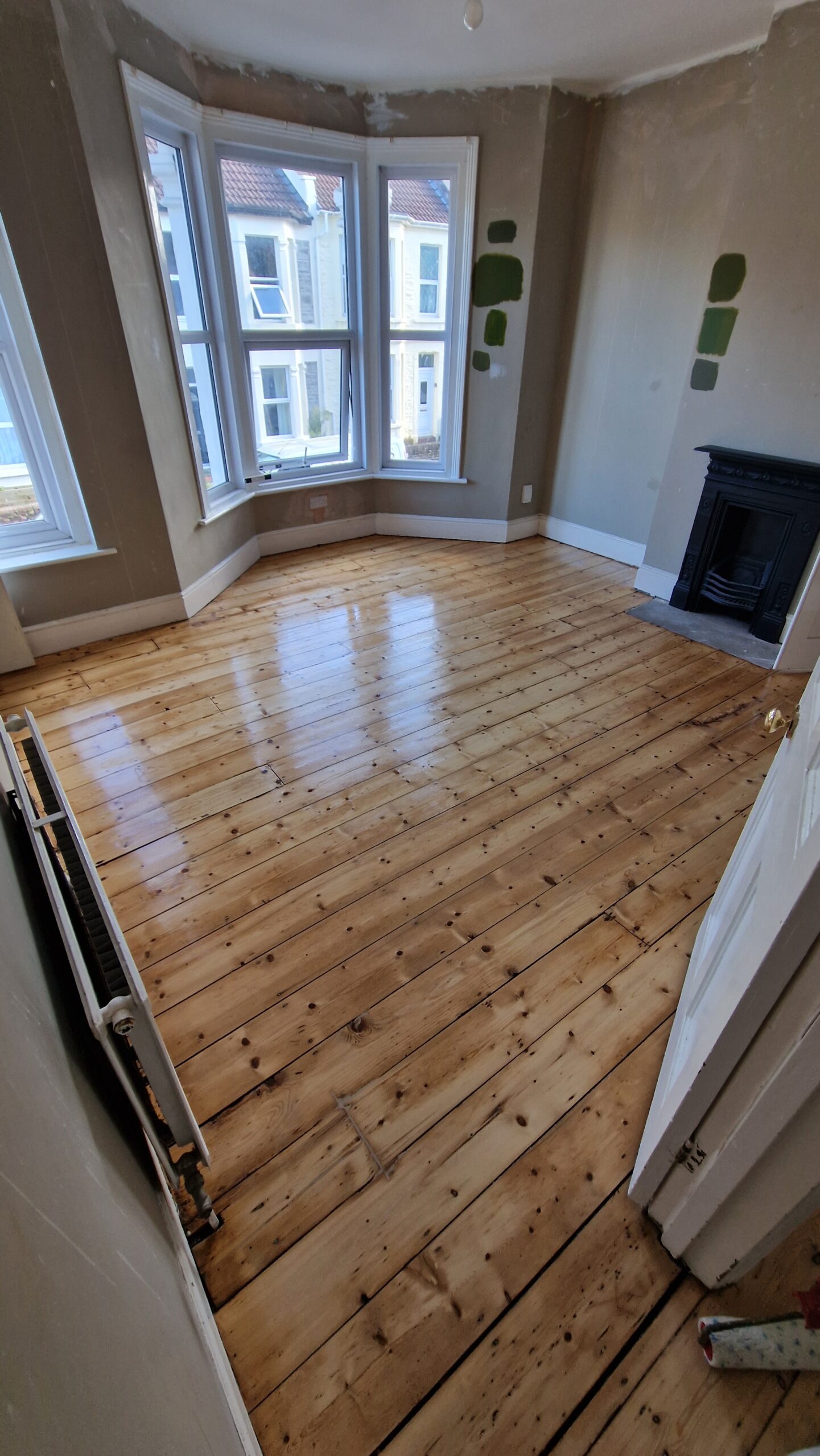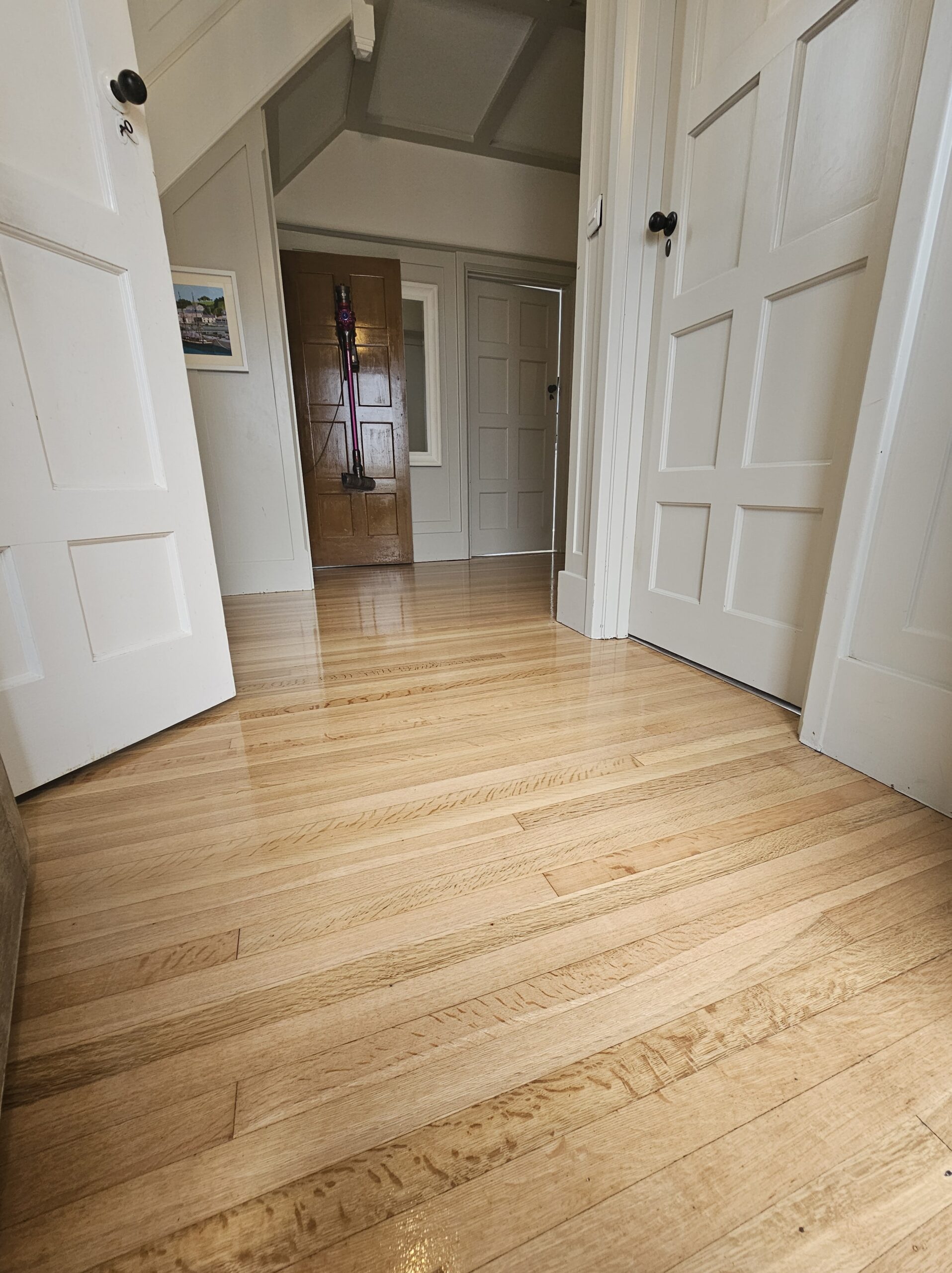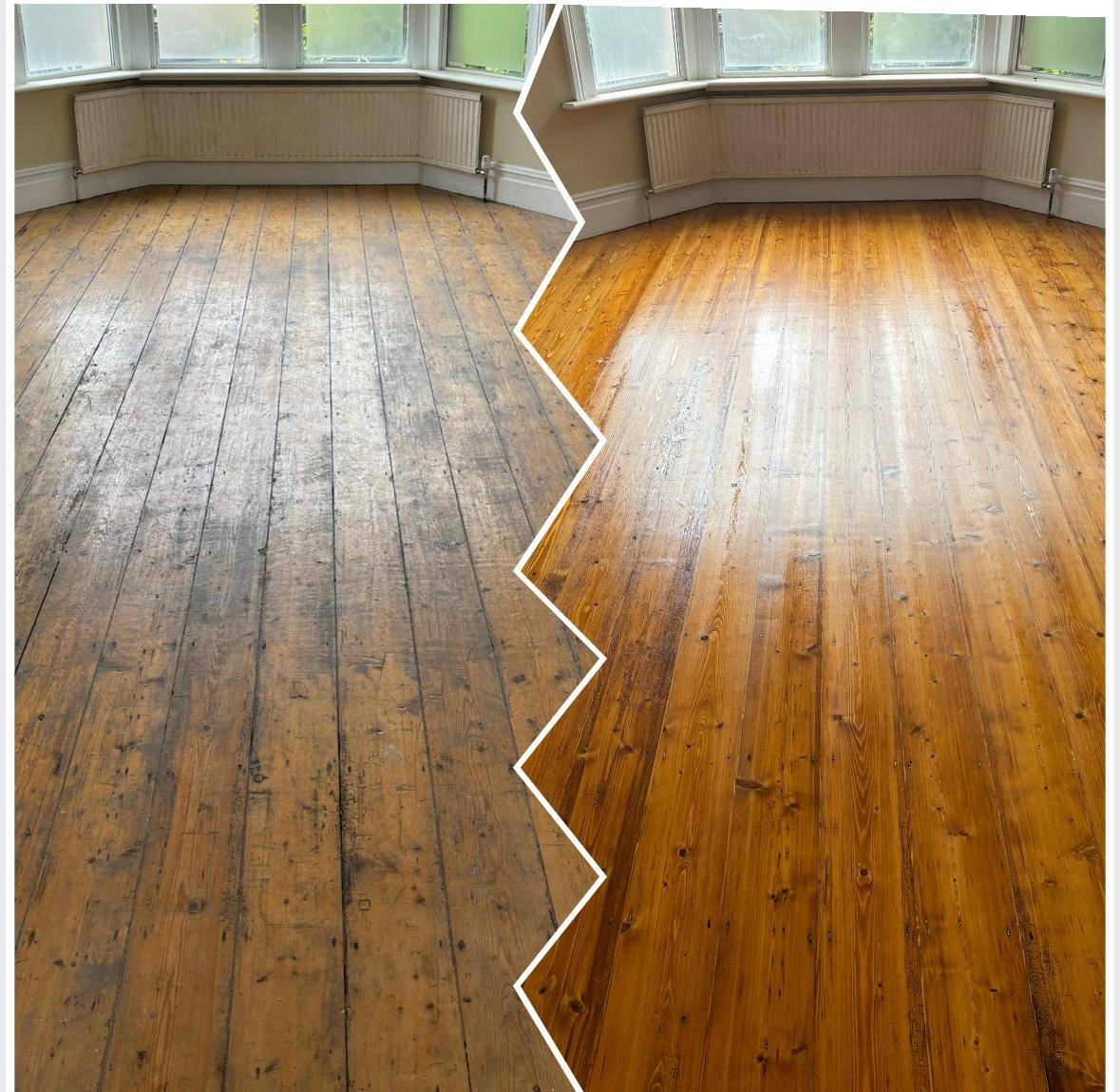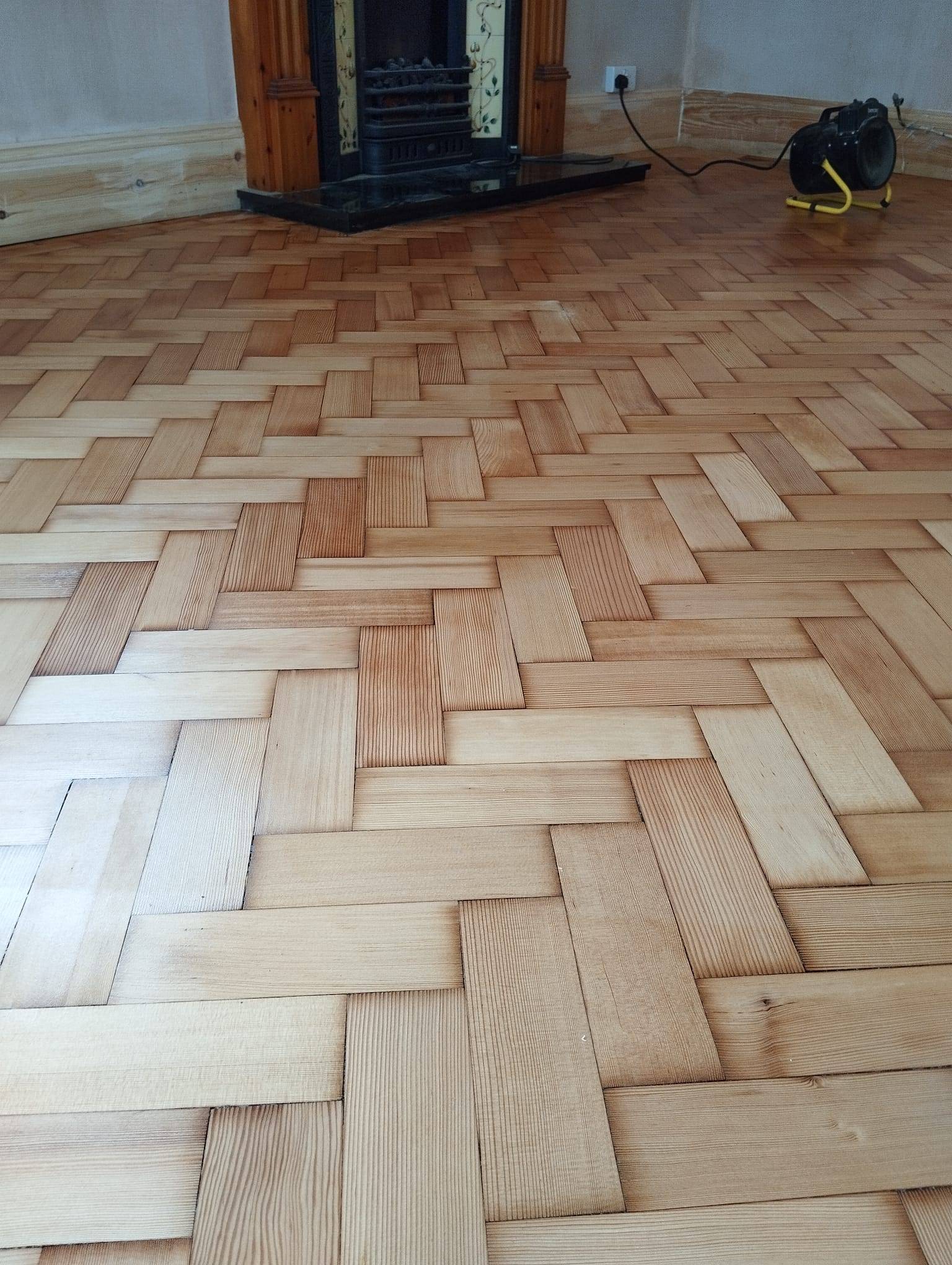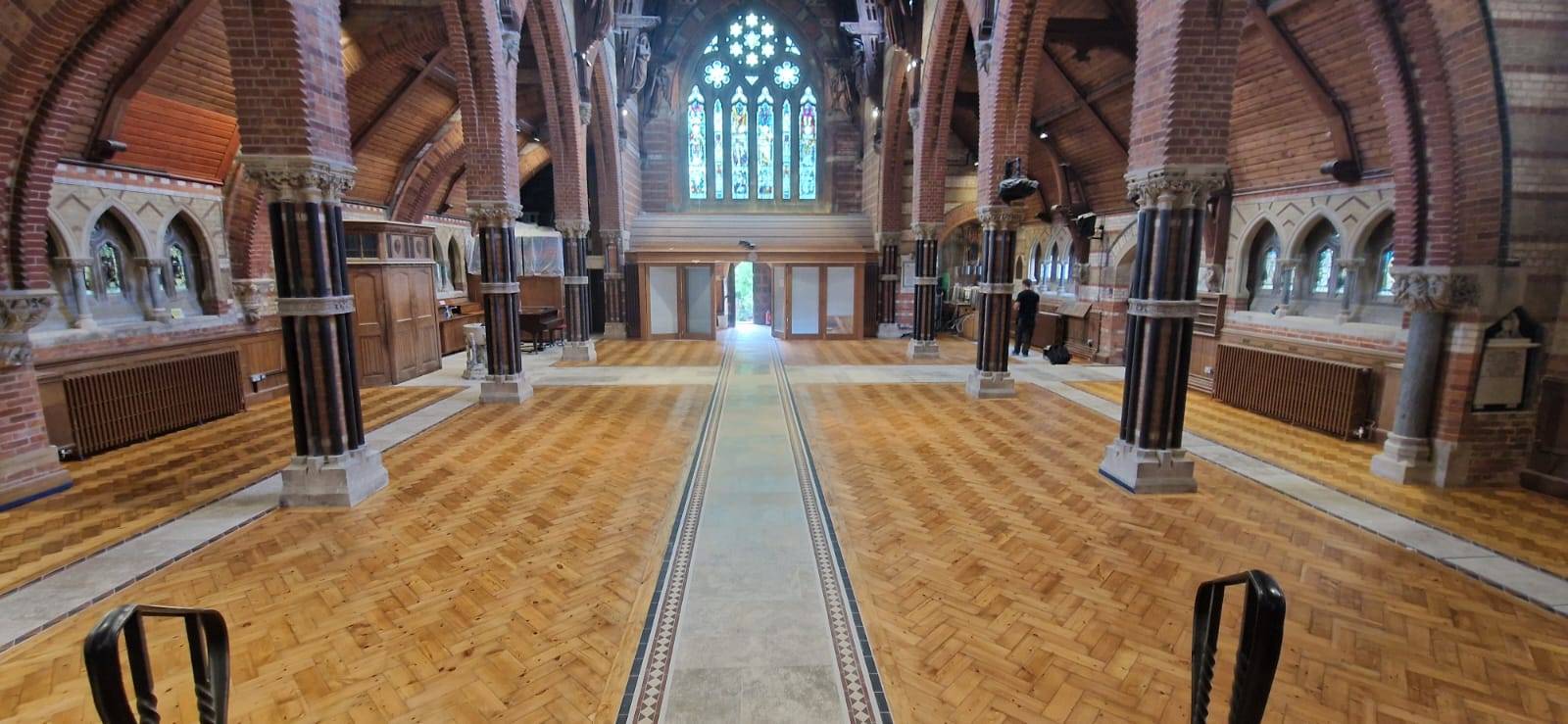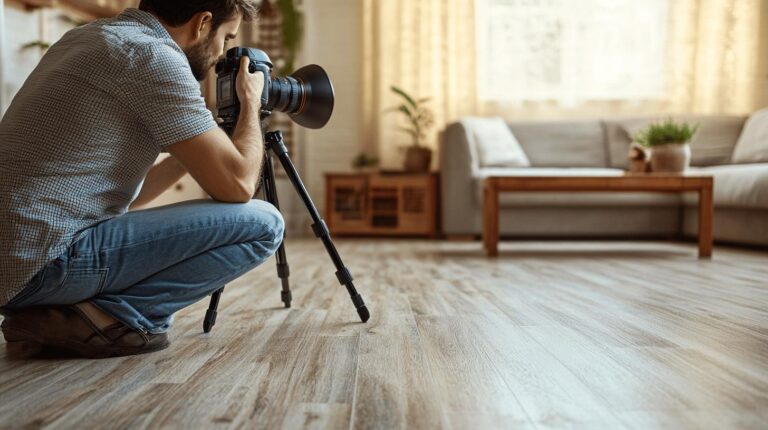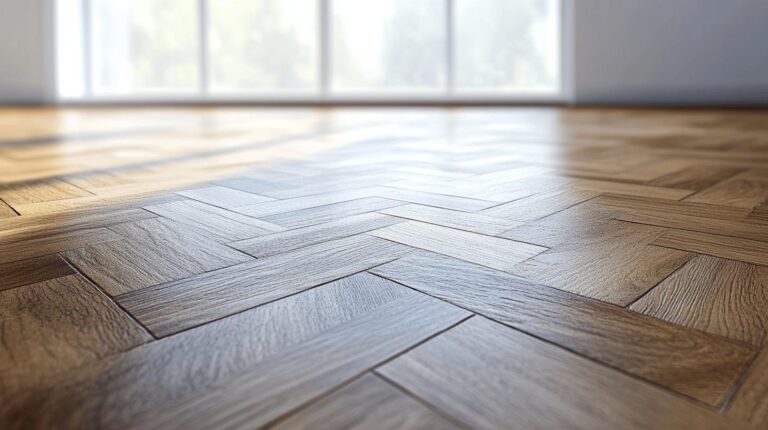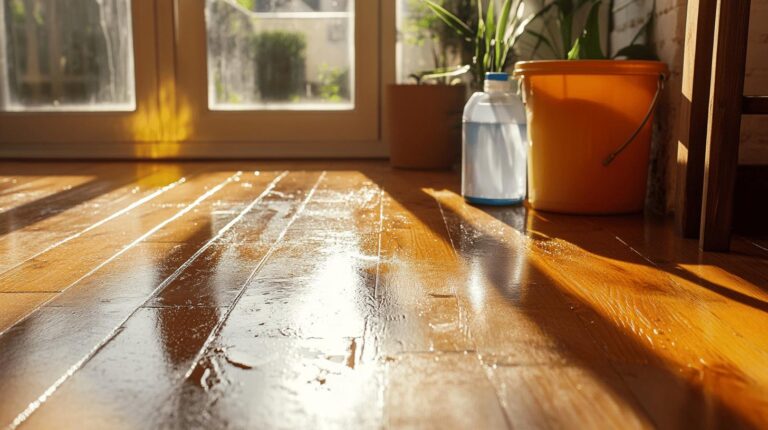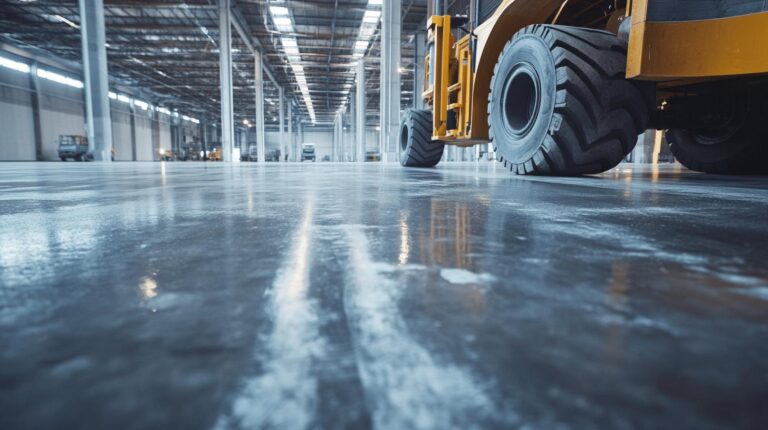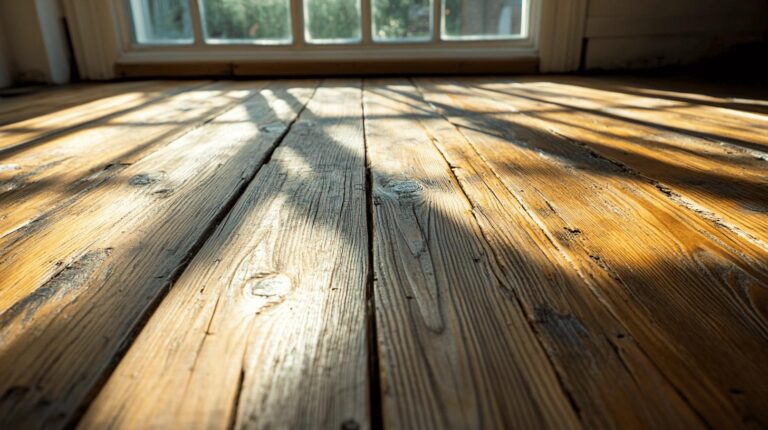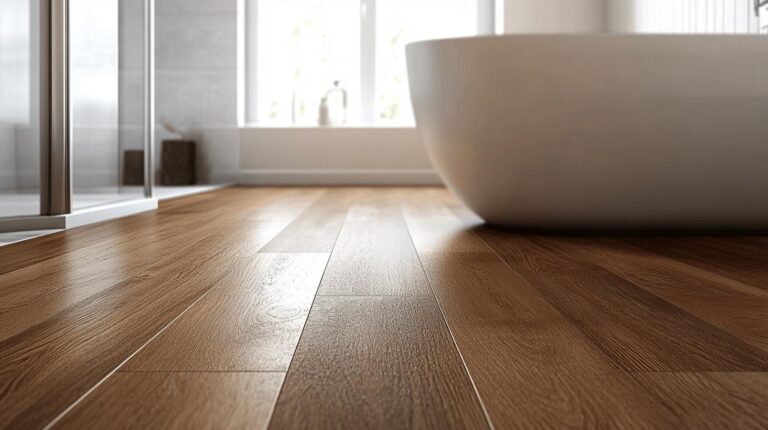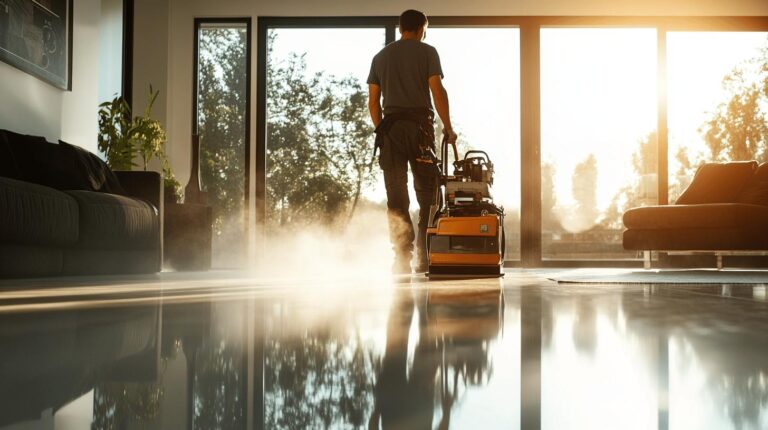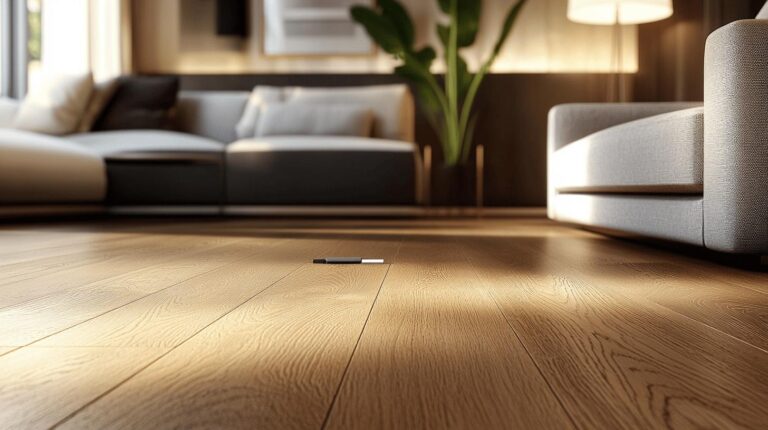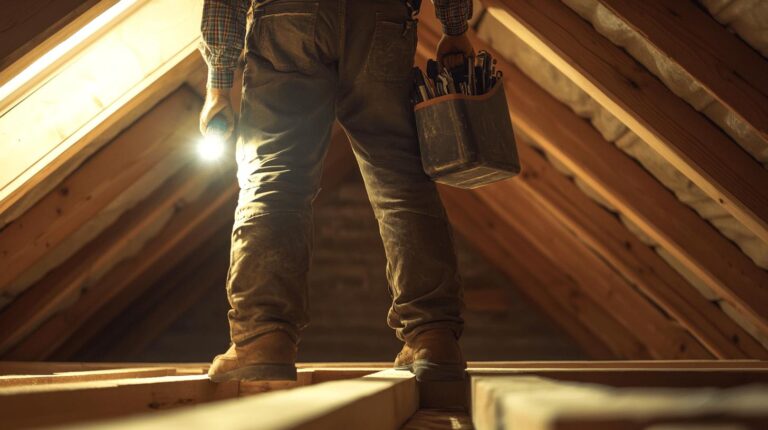In a world where sustainability and environmental responsibility are increasingly paramount, have you ever considered how eco-friendly practices could transform wood floor restoration? Choosing green restoration techniques not only benefits our planet but also enhances your home’s aesthetic and value. Through sustainable methods, including the use of reclaimed wood and bamboo, eco-friendly restoration practices promise to reduce waste and promote healthier living environments. Dive into the essentials of these practices and discover how they can revolutionise your approach to wood floor restoration, making your home beautiful and planet-friendly.
Understanding Eco-Friendly Practices in Wood Floor Restoration
Eco-friendly wood floor restoration is a process that prioritises sustainable restoration methods to maintain and repair wooden floors while reducing environmental impact. This approach involves using materials and techniques that are renewable and less harmful to the ecosystem, focusing on green restoration techniques that benefit both the environment and human health. By choosing eco-friendly methods, homeowners and businesses can ensure that their flooring projects are both effective and environmentally responsible.
A key component of eco-friendly wood floor restoration is the use of sustainable materials. Reclaimed wood, bamboo, and cork are popular choices due to their renewable nature and lower carbon footprints. Reclaimed wood is sourced from existing structures, reducing the need for new timber and conserving natural resources. Bamboo grows rapidly and is highly renewable, making it an excellent alternative to traditional hardwoods. Cork is harvested from the bark of cork oak trees, which regenerates, allowing for repeated harvesting without harming the tree. These materials not only support sustainable practices but also offer unique aesthetic qualities that enhance the visual appeal of wooden floors.
The environmental and health benefits of eco-friendly wood floor restoration are significant. By using sustainable materials, the demand for new resources is reduced, minimising deforestation and habitat destruction. Green restoration techniques often involve low-VOC and non-toxic finishes, which improve indoor air quality and reduce exposure to harmful chemicals. This approach supports a healthier living and working environment, promoting both personal well-being and ecological sustainability.
Choosing Sustainable Materials for Wood Floor Restoration
Selecting sustainable materials for wood floor restoration is essential for reducing environmental impact and promoting eco-friendly practices. Sustainable sourcing involves choosing wood certified by organisations such as the Forest Stewardship Council (FSC) or the Programme for the Endorsement of Forest Certification (PEFC). These certifications ensure that the wood is harvested from responsibly managed forests, contributing to forest conservation and biodiversity. By prioritising certified wood, homeowners and businesses can support ethical practices and reduce the risk of contributing to deforestation and habitat destruction.
Advantages of using reclaimed and recycled wood include:
- Reduced demand for new timber, conserving natural resources and lowering the carbon footprint of flooring projects.
- Unique aesthetic qualities from reclaimed wood, offering character and history to flooring designs.
- Less waste production, as recycled wood minimises the need for new material processing and disposal.
- Cost-effectiveness, since reclaimed wood is often more affordable compared to newly sourced timber.
- Support for the circular economy, promoting the reuse of materials and reducing overall environmental impact.
By incorporating reclaimed and recycled wood into restoration projects, there is a significant conservation benefit. These practices help preserve natural habitats, reduce landfill waste, and decrease the energy used in new wood production. Emphasising sustainable materials in wood floor restoration not only delivers ecological advantages but also aligns with broader sustainability goals.
Eco-Friendly Techniques in Wood Floor Restoration
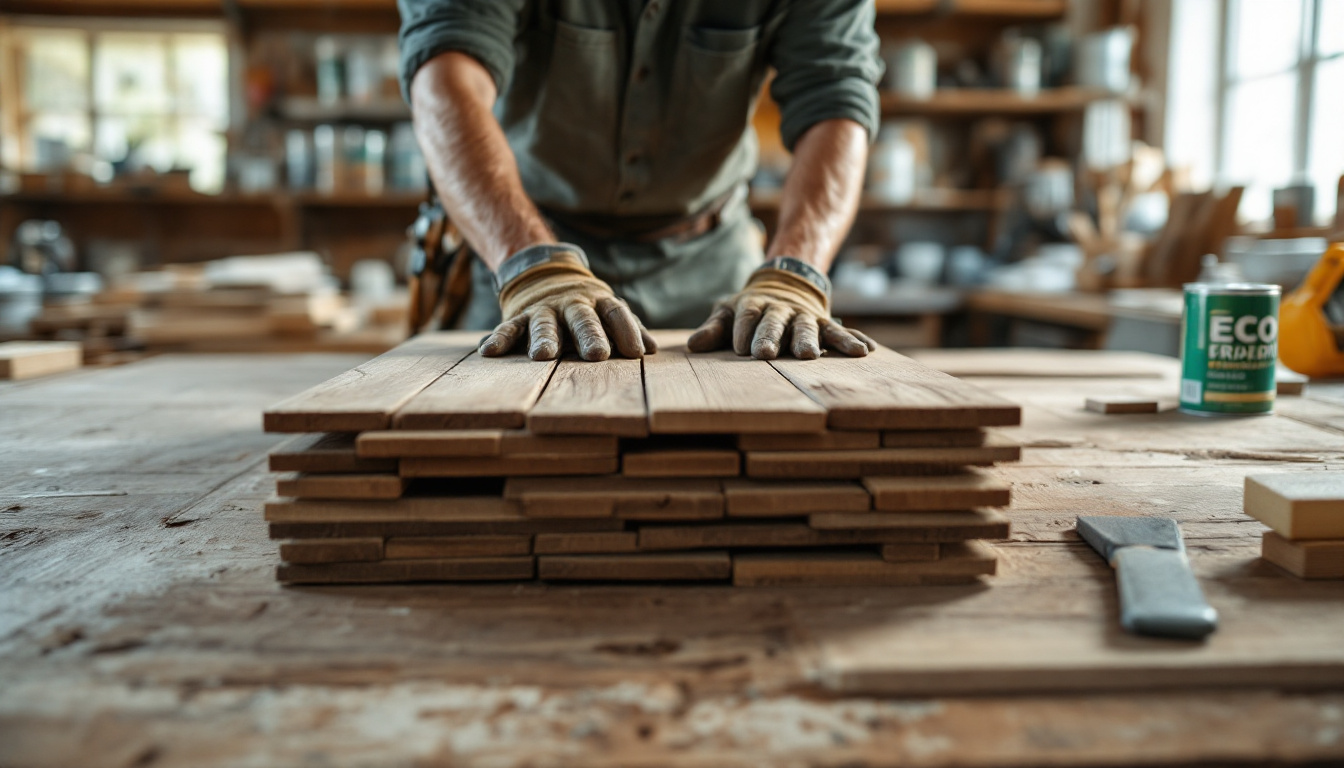
Eco-conscious sanding techniques and energy-efficient sanding equipment are integral to sustainable wood floor restoration. Utilising these methods not only enhances the efficiency of the restoration process but also significantly reduces its environmental footprint. Energy-efficient sanding machines, equipped with advanced technology, use less power while providing the same level of performance as traditional machines. These machines are often integrated with dust collection systems, which capture up to 99% of dust generated during the sanding process. This innovation not only minimises the amount of dust released into the environment but also protects indoor air quality, making the process safer for both workers and occupants.
Dust-Free Sanding
Dust-free sanding systems are a game-changer in eco-friendly wood floor restoration. By effectively capturing airborne particles, these systems drastically reduce the amount of dust that enters the air. This is crucial for maintaining good air quality, as traditional sanding methods can release fine dust that may cause respiratory issues. With dust-free sanding, the risk of inhaling harmful particles is minimized, creating a cleaner and healthier environment. Moreover, the efficiency of these systems allows for quicker clean-up times, enhancing the overall restoration process.
Organic Oiling and Natural Waxing
Organic oiling and natural waxing are preferred eco-friendly alternatives to conventional finishing products. These methods use natural ingredients that are free from harmful chemicals, reducing the emission of volatile organic compounds (VOCs) into the atmosphere. Organic oils penetrate deep into the wood, providing a durable finish that enhances the natural grain and colour. Natural waxing, on the other hand, offers a protective layer that adds shine and resistance to wear. Together, these finishes not only improve the appearance of wooden floors but also ensure a safer indoor environment by limiting exposure to toxic substances.
Buffing
Buffing is a crucial technique in maintaining the aesthetic and longevity of wood floors. This process involves polishing the surface to achieve a smooth and shiny finish without the use of abrasive chemicals. Buffing can help remove minor scratches and restore the floor’s natural lustre, extending its lifespan. By regularly buffing wooden floors, homeowners can reduce the need for more intensive restoration procedures, thereby conserving resources and reducing environmental impact. This technique aligns with eco-friendly practices by promoting the use of less intrusive and more sustainable maintenance methods.
Overall, the implementation of eco-friendly techniques in wood floor restoration significantly contributes to a healthier indoor environment. These methods not only reduce the release of harmful pollutants but also enhance the durability and beauty of wooden floors, making them a sustainable choice for both residential and commercial spaces.
Environmental and Health Benefits of Eco-Friendly Restoration
Low-VOC finishes and non-toxic sealers significantly enhance indoor air quality. How do these products improve air quality? By emitting fewer volatile organic compounds (VOCs), they reduce the concentration of harmful chemicals released into the indoor environment. Traditional finishes often contain high levels of VOCs, which can linger in the air long after application, affecting air quality and posing health risks. In contrast, low-VOC and non-toxic options minimize these emissions, ensuring a cleaner and healthier atmosphere within homes and businesses. This approach not only supports environmental sustainability but also aligns with health-conscious living practices.
What are the health benefits of using eco-friendly restoration products? The primary advantage is reduced exposure to toxic chemicals. Many conventional floor finishes release VOCs that can cause respiratory issues, skin irritation, and other health problems. By opting for products with low VOC content, the risk of these adverse effects is considerably diminished. This is particularly important for individuals with allergies, asthma, or other respiratory conditions who may be more sensitive to chemical exposures. Eco-friendly products thus contribute to a safer living environment, promoting overall well-being for occupants.
Proper ventilation is crucial during the restoration process. Why is ventilation important? It helps disperse any residual fumes from finishes, speeding up drying times and ensuring that air quality remains high. Opening windows and using fans are effective methods to enhance airflow and prevent the accumulation of potentially harmful substances. Adequate ventilation not only protects indoor air quality but also ensures the safety of both workers and residents. This practice is a fundamental component of sustainable restoration, reinforcing the commitment to both environmental responsibility and health protection.
Tips for Selecting Eco-Friendly Restoration Services
Choosing an environmentally responsible company for wood floor restoration is critical to ensuring eco-friendly outcomes. Environmentally responsible companies employ sustainable practices and materials, reducing their environmental footprint. One way to identify these companies is by looking for eco-label certifications on the products they use, which indicate adherence to sustainable standards. These certifications, such as those from the Forest Stewardship Council (FSC) or the Programme for the Endorsement of Forest Certification (PEFC), assure customers that the products meet stringent environmental criteria. Opting for sustainable flooring brands that prioritise eco-friendly manufacturing processes and materials can further contribute to an overall green restoration project.
When evaluating potential service providers, consider asking the following questions to determine their commitment to sustainability:
- What is your experience with using green products in wood floor restoration?
- How do you approach minimising waste during the restoration process?
- Can you provide examples of eco-label certifications for the products you use?
- What sustainable practices do you implement to reduce environmental impact?
For those seeking a reputable provider with a strong emphasis on eco-friendly practices, Ryan’s Restoration stands out for their dedication to sustainability. They have demonstrated a commitment to using environmentally responsible methods and materials, ensuring that each project aligns with broader ecological goals. Choosing a company like Ryan’s Restoration not only supports sustainable practices but also guarantees high-quality restoration services.
Final Words
Embracing eco-friendly practices in wood floor restoration offers numerous benefits, from enhancing your home’s aesthetics and longevity to contributing positively to the environment. Prioritising sustainable materials like reclaimed wood and using green techniques such as dust-free sanding and non-toxic finishes boost indoor air quality and promote healthier living spaces.
Selecting environmentally responsible service providers ensures your restoration project aligns with these eco-conscious values. Ryan’s Restoration stands out for its dedication to sustainable practices, making it an ideal choice for those seeking quality and eco-friendliness.
FAQ
How is wood flooring eco-friendly?
Wood flooring is eco-friendly due to its renewable nature and ability to be recycled. When responsibly sourced, such as through FSC or PEFC certifications, it helps conserve forests and significantly reduces environmental impact.
What is the most eco-friendly floor covering?
Reclaimed wood, bamboo, and cork are among the most eco-friendly floor coverings. These materials are renewable, reduce waste, and often have lower carbon footprints, making them ideal choices for sustainable restoration.
How do you restore wood floors naturally?
To restore wood floors naturally, eco-friendly techniques like dust-free sanding, organic oiling, and natural waxing are used. These methods enhance the floor’s appearance, improve longevity, and reduce harmful emissions.
Can I sleep in my house after refinishing hardwood floors?
Sleeping in a house immediately after refinishing hardwood floors is not advisable due to potential exposure to fumes. Proper ventilation should be ensured, and it is recommended for occupants to wait until finishes are fully dry.
